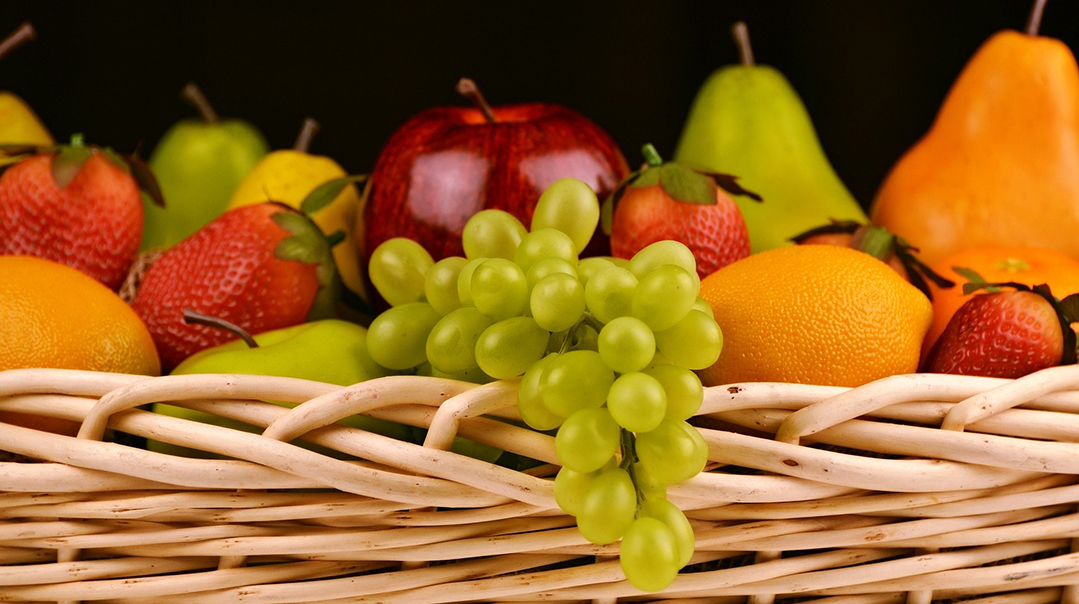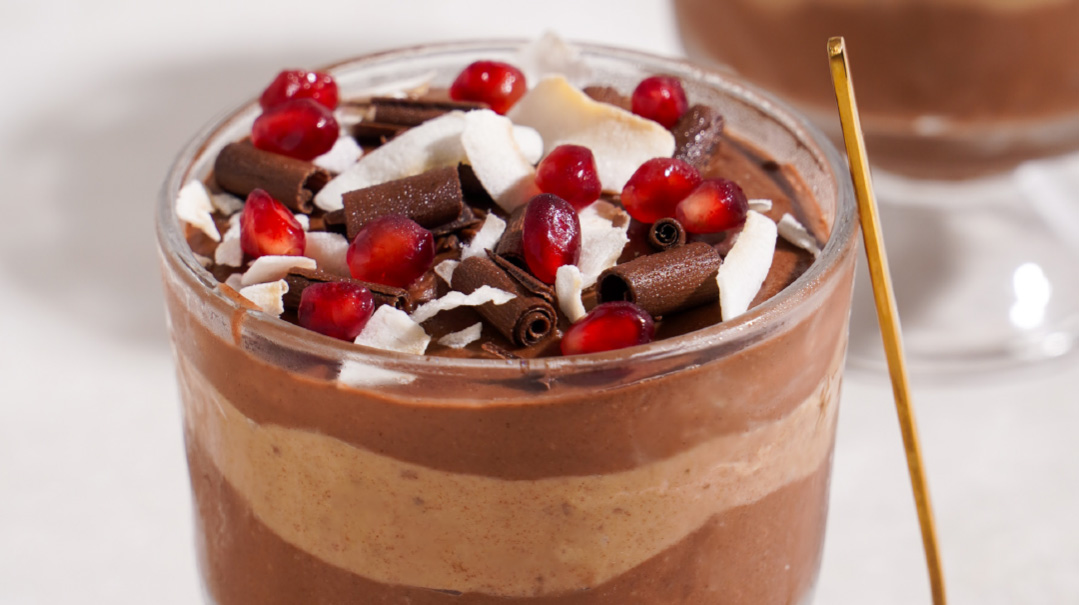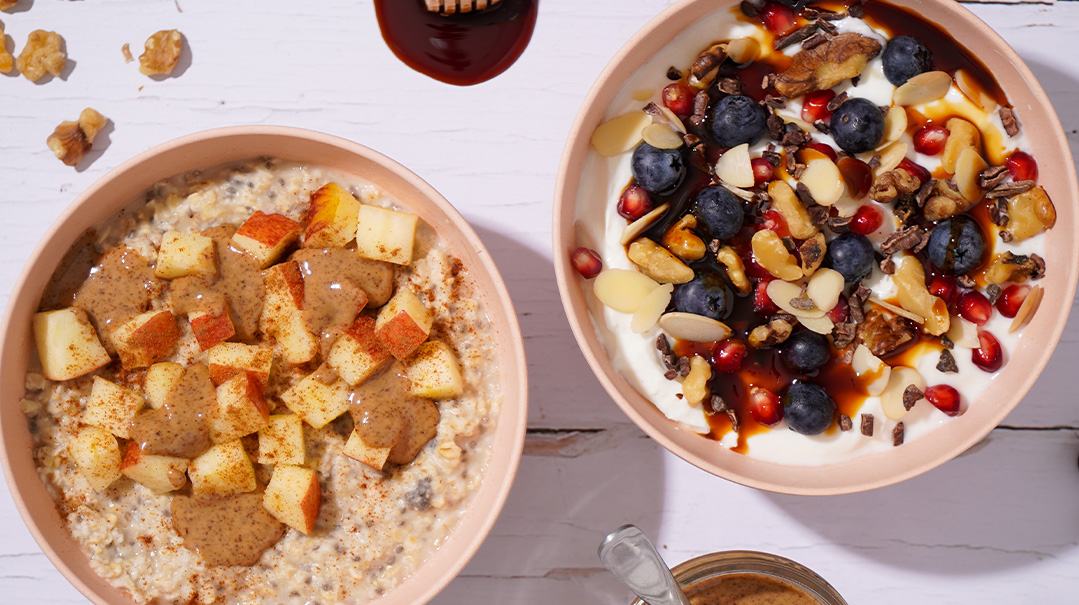Bring on the Sunshine


Summer has really strong associations with fruit. Sticky watermelon dripping down children’s chins and arms. Plump, juicy peaches that make your mouth water. Strawberries and blueberries. Even a crisp apple tastes better when you bite into it right out of the pool!
Fruit is a miracle just as all our food is, yet it might just be the most tantalizing — it’s candy that somehow grows straight from a tree. No artificial colors or flavorings. Appealing to the eye and the taste buds. Splendidly sweet yet packed with vitamins and minerals, antioxidants and fiber that promote health and smooth digestion. The variety of flavor can take your breath away, and when you zoom in on the health benefits of the many varieties, it’s clear that fruit is a treat from Hashem.
The Source of Sweet Fruit contains two types of sugar: fructose and glucose. The proportions of each vary, but most fruits are about half glucose and half fructose. As we’ve discussed in previous articles, having too much glucose causes excess insulin production, which can, over time, lead to insulin resistance and other health issues. Too much fructose, on the other hand, does not impact insulin, but it can cause other health issues, which we will discuss soon.
When you eat a whole fruit, you’re getting moderate levels of fructose as part of a nutritious and fi ber-rich package. Fruit is created in a way that enables our bodies to digest it and rid themselves of the extra fructose naturally. But these days, we get fructose from a lot of sources besides fruit — and those sources don’t come with Hashem’s built-in defense system. These include sucrose, or table sugar, which is half fructose and half glucose, and corn syrup, which contains an unnatural level of fructose without the nutrients of the original package. Another natural sweetener that became popular by boasting its low-glycemic impact is agave. It’s low in glucose but high in fructose — almost as high as corn syrup!
Glucose can be processed with the help of insulin, but fructose is processed by the liver, which, when overloaded, will convert excess fructose into fat.
Having too much fructose doesn’t result in anything good. In severe cases it can affect the liver like excess alcohol does. But even on a less severe scale, excess fructose can increase blood pressure, triglycerides, visceral fat, and LDL levels. Additionally, because fructose doesn’t trigger the release of the hormone leptin, which tells our brains that we have enough fuel, it’s really easy to just keep munching.
Oops! We could not locate your form.













